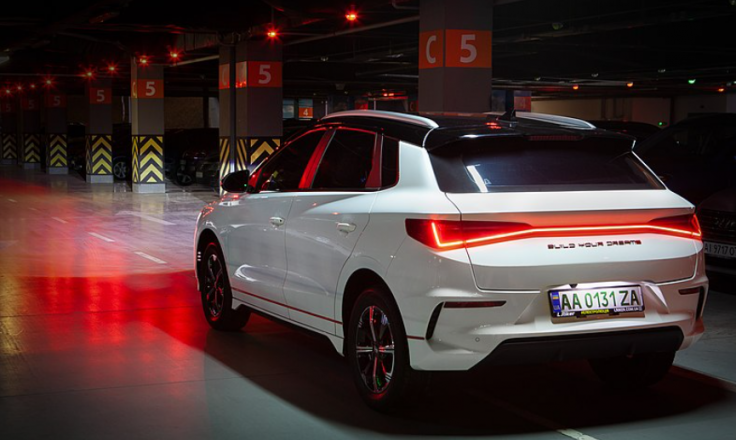A Chinese electronic vehicle maker has come up with a model that uses a sodium-ion battery instead of a conventional lithium-ion battery. The new car by automaker JAC will be the world’s first electric vehicle that is powered by a sodium-ion battery.
Chinese media reported on Friday that the new model can cut electric vehicles’ cost by as much as 10 percent by using the cheaper battery technology.
What are Sodium-ion Batteries?
IANS
Sodium-ion battery technology is only evolving but it has emerged as a viable future alternative for more expensive lithium-ion batteries. Most notably, these batteries are energy dense and non-flammable. Another feature is that they can operate in low-temperature and have great charging speed. Power and Beyond adds this: ” A sodium-ion battery is a type of rechargeable battery comparable to the ubiquitous lithium-ion battery, but it uses sodium ions (Na+) as the charge carriers rather than lithium ions (Li+).”
Hina Battery Technologies
The new battery technology used in JAC vehicles was developed by Beijing-based startup Hina Battery Technologies. , reports South China Morning Post.

Wikimedia Commons
JAC’s electric car was given a 25 kilowatt-hour (kWh) battery that can go as far as 250 kms on a single charge, Hina said. “A surge in lithium carbonate prices last year made many battery manufacturers and downstream users face ever-rising cost pressures … Therefore, sodium-ion batteries offering better cost-performance, high safety as well as excellent cycle performance, have been widely expected as the most promising alternative to lithium-ion batteries,” the company said, according to IANS.
Huge Market
The electric vehicle battery and charging market is set to become surprisingly huge. According to Juniper Research, the global electric vehicle charging revenue is poised to hit $300 billion by 2027. Currently this market is worth only about $66 billion.
The total number of plug-in vehicles in the world will go beyond 137 million by 2027. Currently this number is 49 million.







